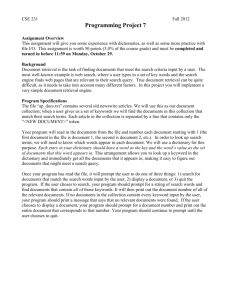High-Quality Code
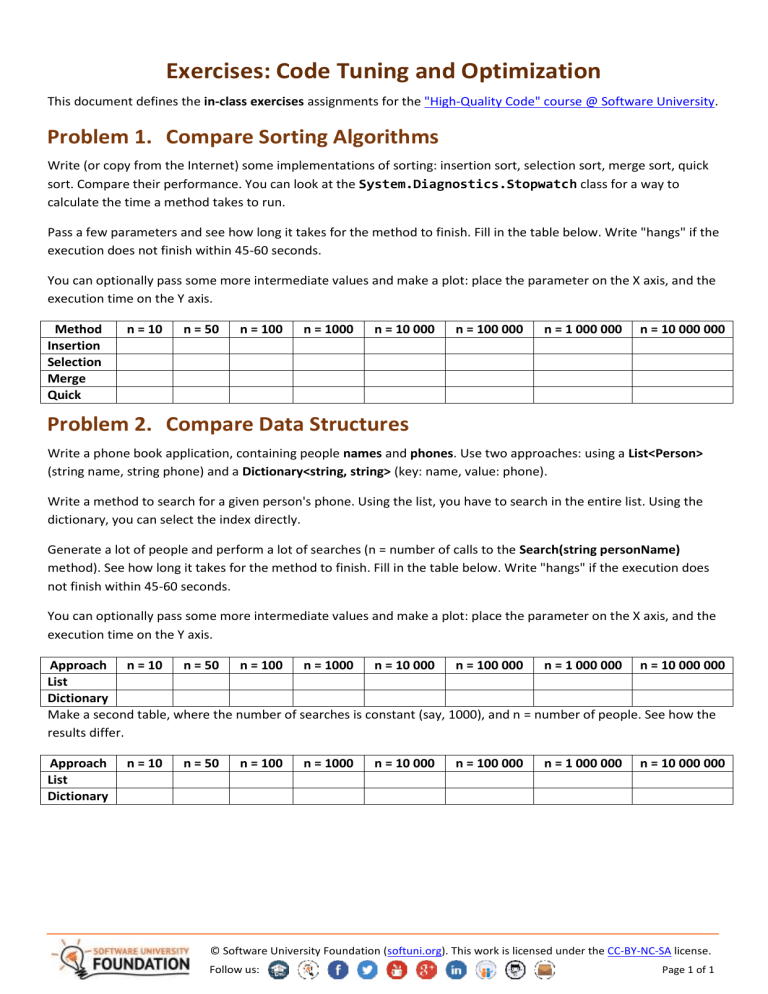
Exercises: Code Tuning and Optimization
This document defines the in-class exercises assignments for the "High-Quality Code" course @ Software University .
Problem 1.
Compare Sorting Algorithms
Write (or copy from the Internet) some implementations of sorting: insertion sort, selection sort, merge sort, quick sort. Compare their performance. You can look at the System.Diagnostics.Stopwatch
class for a way to calculate the time a method takes to run.
Pass a few parameters and see how long it takes for the method to finish. Fill in the table below. Write "hangs" if the execution does not finish within 45-60 seconds.
You can optionally pass some more intermediate values and make a plot: place the parameter on the X axis, and the execution time on the Y axis.
Method n = 10 n = 50 n = 100 n = 1000 n = 10 000 n = 100 000 n = 1 000 000 n = 10 000 000
Insertion
Selection
Merge
Quick
Problem 2.
Compare Data Structures
Write a phone book application, containing people names and phones. Use two approaches: using a List<Person>
(string name, string phone) and a Dictionary<string, string> (key: name, value: phone).
Write a method to search for a given person's phone. Using the list, you have to search in the entire list. Using the dictionary, you can select the index directly.
Generate a lot of people and perform a lot of searches (n = number of calls to the Search(string personName) method). See how long it takes for the method to finish. Fill in the table below. Write "hangs" if the execution does not finish within 45-60 seconds.
You can optionally pass some more intermediate values and make a plot: place the parameter on the X axis, and the execution time on the Y axis.
Approach n = 10 n = 50 n = 100 n = 1000 n = 10 000 n = 100 000 n = 1 000 000 n = 10 000 000
List
Dictionary
Make a second table, where the number of searches is constant (say, 1000), and n = number of people. See how the results differ.
Approach n = 10 n = 50 n = 100 n = 1000 n = 10 000 n = 100 000 n = 1 000 000 n = 10 000 000
List
Dictionary
© Software University Foundation ( softuni.org
). This work is licensed under the CC-BY-NC-SA license.
Follow us: Page 1 of 1


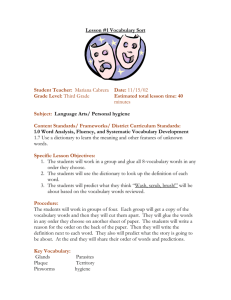

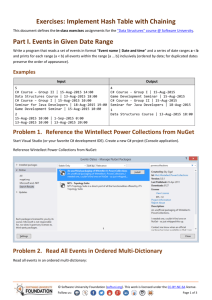




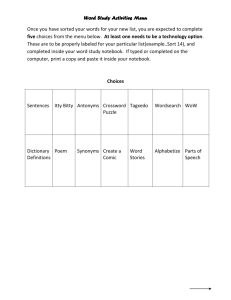
![December_LI_Math_and_Literacy[1]](http://s3.studylib.net/store/data/006804094_1-98ad34850f60bf6982cd014d37d8c48f-300x300.png)
